11 Disco Anthems That Lit Up Every ’70s Dance Floor Nationwide
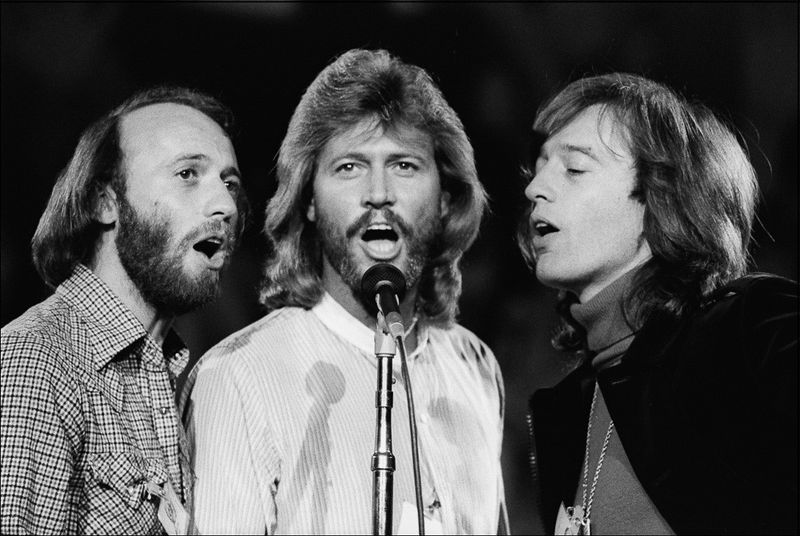
The 1970s disco era transformed nightlife with its infectious beats and glamorous culture. Sequined outfits, platform shoes, and mirror balls created the perfect backdrop for songs that defined a generation. These 11 anthems weren’t just popular—they sparked dance crazes, soundtracked cultural movements, and continue to fill dance floors today.
1. Stayin’ Alive – The Bee Gees (1977)
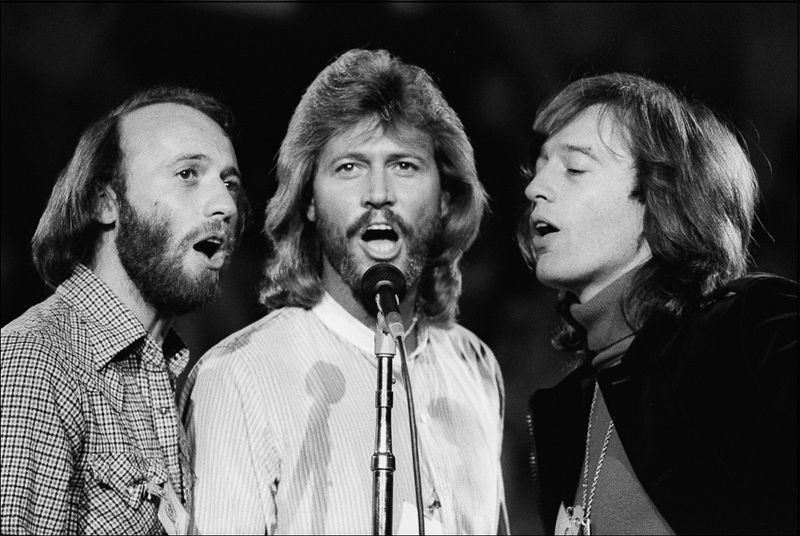
That iconic opening guitar riff instantly transported dancers to disco heaven. The Bee Gees created magic with their falsetto harmonies and a beat that perfectly matched the human heartbeat at 103 BPM.
Originally recorded for Saturday Night Fever, the song transcended the movie to become disco’s unofficial anthem. Brothers Barry, Robin, and Maurice Gibb probably never imagined their creation would later save lives—the song’s rhythm is recommended for CPR timing.
The track’s walking bass line and driving percussion created the ultimate strut soundtrack, making everyone feel like John Travolta swaggering down a Brooklyn street.
2. Le Freak – Chic (1978)
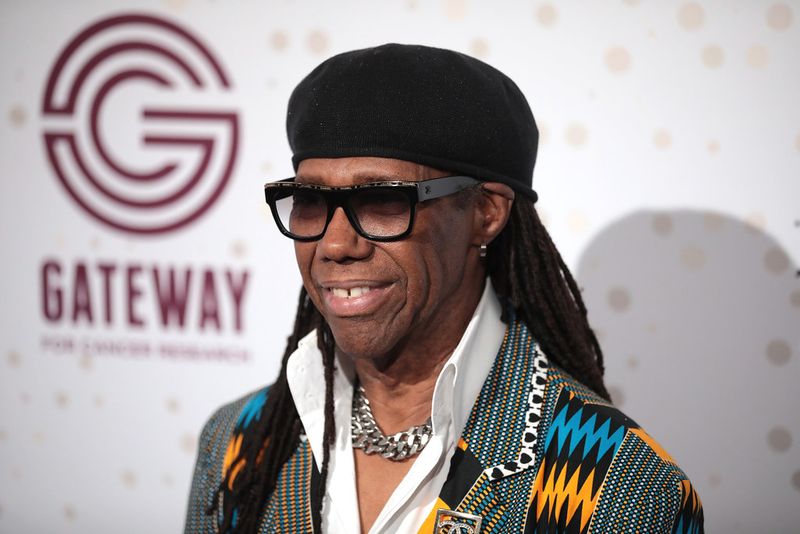
Born from rejection at Studio 54’s door, Nile Rodgers and Bernard Edwards transformed their frustration into disco gold. The original lyrics weren’t “Freak Out” but something considerably less radio-friendly directed at the famous club.
Chic’s genius lay in their musical sophistication—Rodgers’ chicken-scratch guitar technique and Edwards’ walking bass line created a sound both complex and accessible.
The song’s instrumental breaks gave dancers moments to showcase their best moves while catching their breath. Selling over 7 million copies worldwide, “Le Freak” became Atlantic Records’ biggest-selling single ever at that time.
3. I Will Survive – Gloria Gaynor (1978)
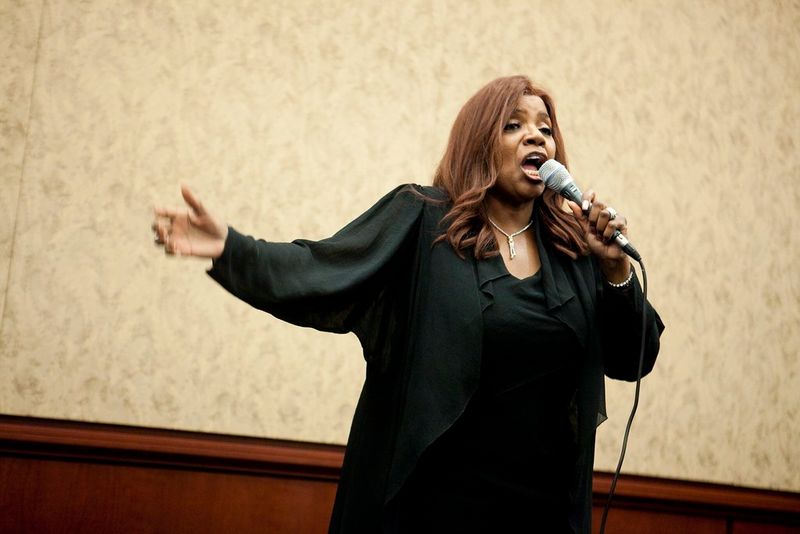
Originally relegated to a B-side, this empowerment anthem found its voice through DJs who recognized its raw emotional power. Gloria Gaynor delivered each defiant lyric with soul-stirring conviction, transforming personal heartbreak into universal strength.
The song’s gradual build—from spoken-word intro to full-throated chorus—mirrored the journey from heartbreak to healing. Club-goers would dramatically act out the lyrics, hands raised in triumph during the chorus.
More than a breakup song, it became an anthem for anyone facing adversity. Its enduring legacy spans generations, embraced by feminists, LGBTQ+ communities, and anyone who’s ever needed to declare their resilience.
4. Dancing Queen – ABBA (1976)
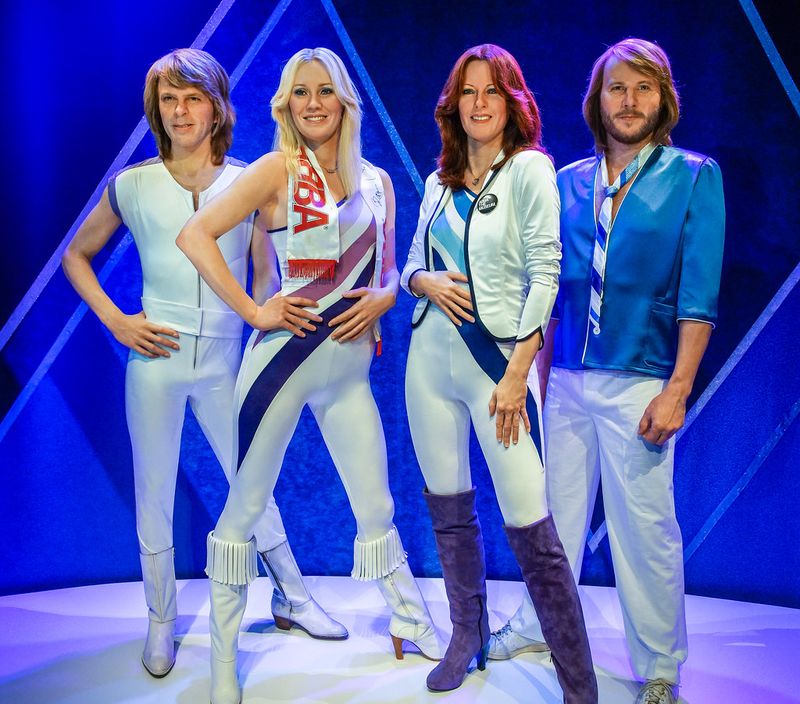
Swedish pop wizards ABBA crafted the ultimate feel-good disco experience with cascading piano lines and Agnetha and Anni-Frid’s soaring vocals. The song’s genius lies in its universal appeal—making everyone feel like royalty on the dance floor, regardless of actual dancing ability.
Few realize the sophisticated musicianship behind the glossy production. Björn and Benny’s classical influences shine through the intricate arrangements while remaining accessible to mainstream audiences.
First performed at a royal wedding celebration for Sweden’s King Carl XVI Gustaf and Queen Silvia, the song truly was created for dancing royalty. Its opening piano glissando remains one of pop music’s most recognizable intros.
5. Don’t Stop ‘Til You Get Enough – Michael Jackson (1979)
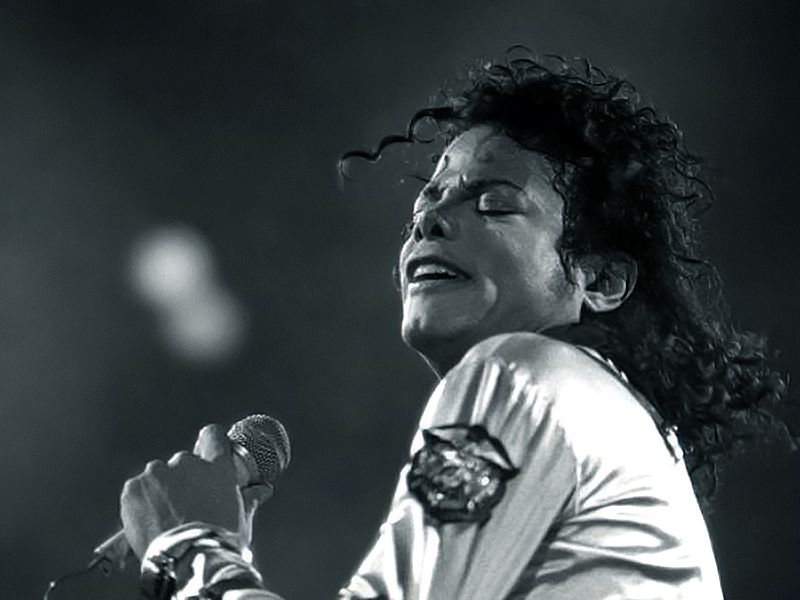
Michael Jackson’s falsetto “Wooo!” launched his adult solo career and disco’s final magnificent year with unstoppable energy. Producer Quincy Jones created sonic magic by layering Michael’s vocals—he sang every background part himself, creating a virtual Jackson choir.
The song’s opening whispered conversation between Michael and himself creates an intimate moment before the explosive rhythm kicks in. That famous rhythm track features percussion instruments from around the world, creating a global dance invitation.
Michael’s first self-written hit revealed his genius for combining pop, disco, and funk into something entirely new. His breathless delivery conveyed pure joy that proved irresistible to dancers seeking disco’s liberating spirit.
6. Good Times – Chic (1979)
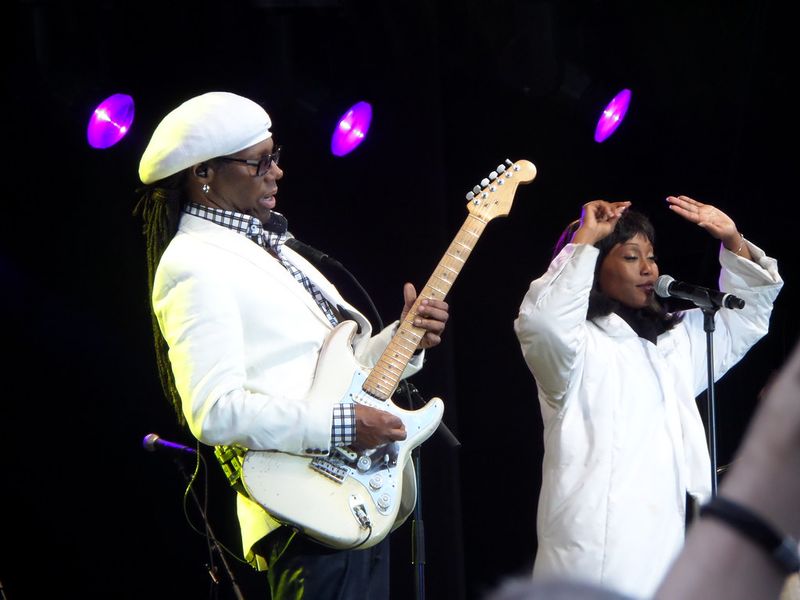
Bernard Edwards’ bass line on “Good Times” is arguably the most influential in modern music history. This deceptively simple groove became the foundation for early hip-hop when Sugarhill Gang sampled it for “Rapper’s Delight,” connecting disco to the emerging rap scene.
The sophisticated lyrics referenced Depression-era escapism while the music delivered pure euphoria. Nile Rodgers’ crisp guitar work created the perfect counterpoint to Edwards’ bass, establishing the Chic sound that would influence decades of dance music.
Studio 54 DJs would create extended mixes, letting the instrumental break continue while dancers lost themselves in the groove. The song’s message of celebration despite tough economic times resonated perfectly with late-70s America.
7. YMCA – The Village People (1978)
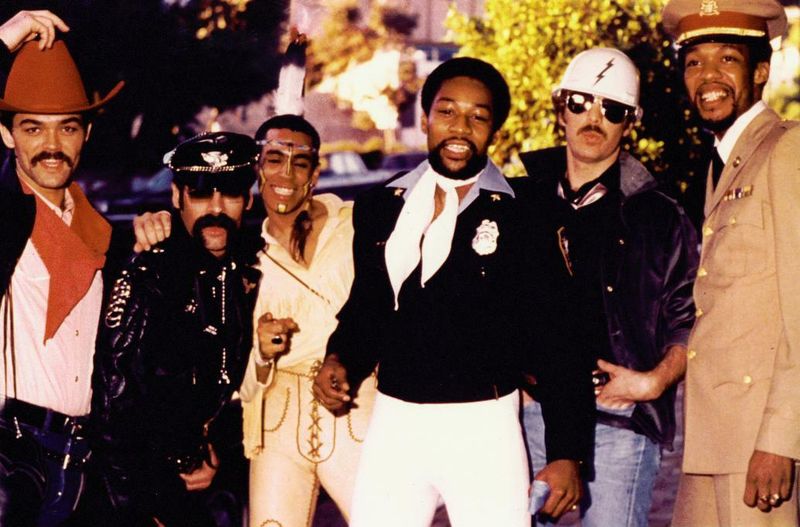
Nobody could have predicted that a song about a men’s hostel would become a global phenomenon with its own dance routine. The Village People—a group assembled to represent masculine archetypes—created an instant party starter with an irresistible chorus.
Producer Jacques Morali’s genius was combining campy fun with serious musicianship. The horn section and driving beat made the song impossible to resist, while the simple arm movements gave even the most dance-challenged a way to participate.
Sports stadiums worldwide still erupt when those famous letters play. The song transcended its original gay club audience to become a universal celebration anthem, with most participants blissfully unaware of the song’s subtextual meanings.
8. Last Dance – Donna Summer (1978)
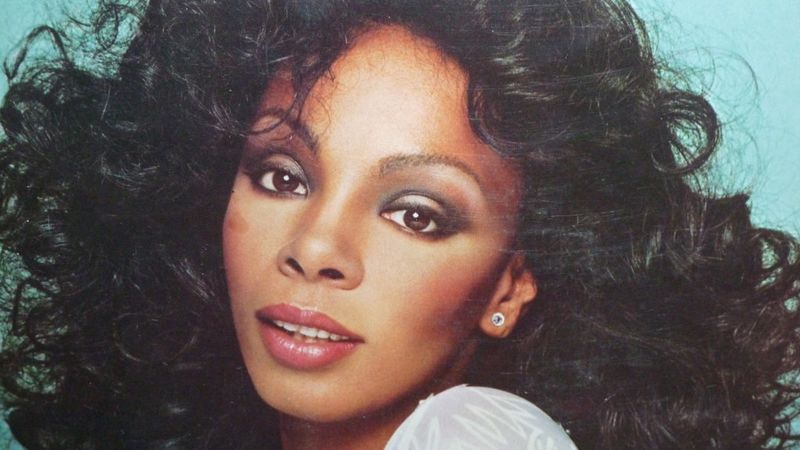
Donna Summer’s vocal journey from sultry ballad to disco explosion mirrored the emotional arc of a perfect night out. The genius of “Last Dance” was its structure—starting slow allowed couples to hold each other close before the tempo change signaled the night’s final energetic celebration.
Written for the forgettable film “Thank God It’s Friday,” the song far outlived its cinematic origins. Summer’s extraordinary vocal range showcased both her tender vulnerability and commanding power within a single track.
DJs traditionally played this as the final song of the night, creating a bittersweet moment of connection before lights came up. The Grammy-winning hit became the emotional template for the “slow-then-fast” format that countless dance songs would later adopt.
9. We Are Family – Sister Sledge (1979)
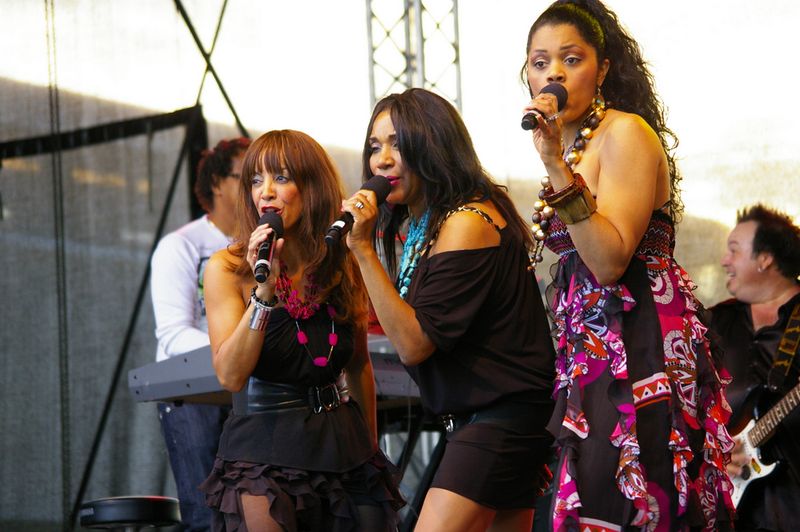
Four actual sisters delivered disco’s ultimate celebration of togetherness with harmonies only siblings could create. The Sledge sisters weren’t initially impressed with the song Nile Rodgers and Bernard Edwards wrote for them, considering it too simple—until it became their signature hit.
The genius lay in its inclusive message that resonated far beyond biological families. LGBTQ+ communities, sports teams, and political movements all adopted its unifying chorus as their own anthem of solidarity.
The Pittsburgh Pirates made it their 1979 World Series theme song, bringing disco to baseball stadiums nationwide. The track’s joyful energy and message of unity created a rare moment where diverse communities found common ground on the dance floor.
10. The Hustle – Van McCoy (1975)

One instrumental track transformed American dance floors and introduced the concept of choreographed line dancing to the mainstream. Van McCoy’s observation of dancers at New York’s Adam’s Apple club inspired him to capture their energy in this Grammy-winning hit.
The song’s orchestral sophistication elevated disco beyond its funk roots. Lush strings and brass created a sophisticated soundscape that helped disco gain acceptance among listeners who might have dismissed dance music.
Television shows quickly featured the dance, spreading standardized steps nationwide before viral videos existed. The track’s crossover appeal brought middle America to disco, creating a brief moment when grandparents and teenagers could dance together using the same simple steps.
11. I Feel Love – Donna Summer (1977)
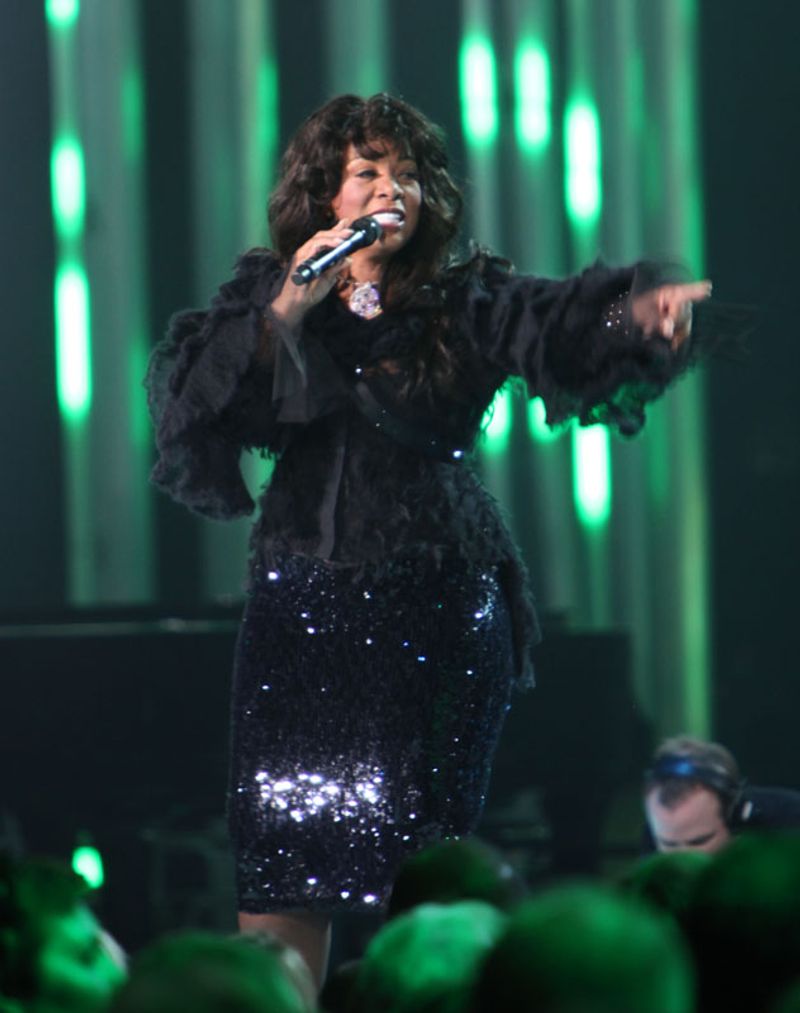
Producer Giorgio Moroder’s revolutionary all-electronic backing track paired with Summer’s ethereal vocals created something entirely new—a futuristic sound that still sounds modern today.
The hypnotic, pulsing Moog synthesizer bassline created an entirely electronic rhythm section when most disco relied on live drummers and bassists. Brian Eno famously told David Bowie upon hearing it: “I’ve heard the sound of the future.” The track’s influence extends beyond disco into techno, house, and virtually all electronic dance music that followed.
Summer’s wordless vocalizations floated above the mechanical precision of the synthesizers, creating a perfect marriage of human emotion and technological innovation. The extended 8-minute version allowed dancers to lose themselves completely in its hypnotic groove.

Comments
Loading…